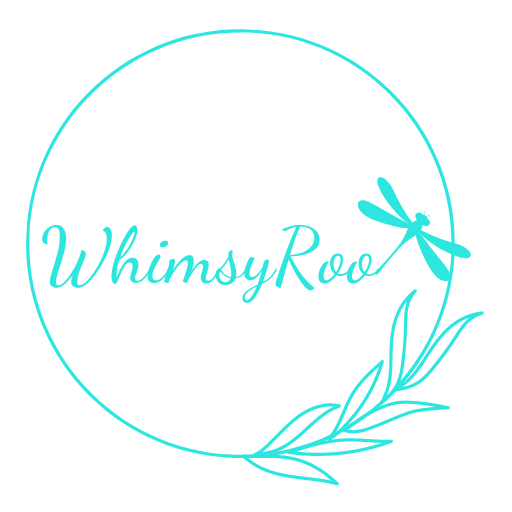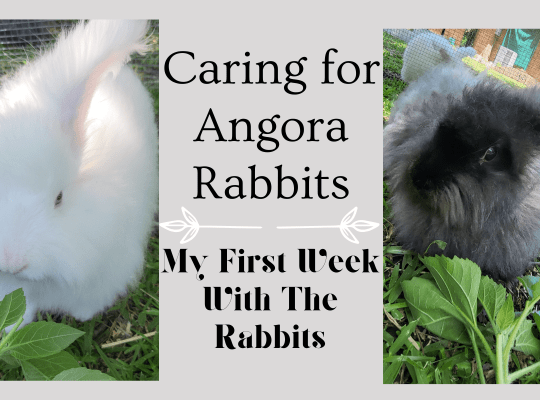How to Find Your Homesteading Community
Homesteading as a movement has taken my generation by storm. People no longer hear the word and imagine tax exemptions or forcing Native Americans out of their homeland. Homesteading has come to mean family farms, self-sufficiency, and an escape from reliance on corporations. While self-sufficiency and living off grid can be appealing, I want to challenge this thought with the idea that you need a homesteading community. No matter how large your homestead, you cannot provide your family with everything they need. For example, when your new goat becomes sick, and you haven’t had goats long enough to know why? Where will you turn?
Whether it’s a neighbor down the road or a Facebook goat group, most of us would probably seek advice from our community. We depend on others who have skills that we don’t, or those more advanced in the skill we’re learning to teach us. Community provides us with guidance, knowledge sharing, and social comforts.
Those of us running microhomesteads and tiny farms are even more reliant on the homesteading community. I don’t have the space, or desire, to keep meat animals. I depend on my local meat market to provide my family with the meat for our weekly meals. While my garden is finally finished and plants are growing, nothing is ready to harvest. So I buy my fruits and vegetables from the farmers market.
Women, especially, need community to thrive; not only on the homestead, but in the home. It has only been in recent history that women have been fed the narrative that they can and should do it all. Work outside the home, care for the kids, housekeeping, plus any other projects they take on. The lifestyle of the overworked, overwhelmed, and overstimulated mom is so common it’s basically a joke in the motherhood community. But we were not meant to do everything alone. We were meant to rely on our community of other women and caregivers to support us. Entertain and supervise the children while we tackle some chores, sit and fold clothes together, bake bread together, sew together. Together. Not separate. Not “I take care of me and mine and you do the same.” WE take care of EACH OTHER.
The idea of self-sufficiency is misleading. We do not need to provide for ourselves and our families alone. What we need is to find a homesteading community that can pick up where we lack. And as a part of that community, we provide more than what just our family needs. That over abundance of squash we have is given to the neighbor who struggled with the Squash Vine Bore this season. We offer rabbit manure as fertilizer in exchange for some extra carrots. Once my cut flowers are ready, I plan to leave some as gifts for my older neighbor down the street.
You are also a big part of my homestead community! Blog posts, YouTube videos, and Facebook groups have taught me basically everything I know so far. Now, I feel it is time for me to pass on what I have learned from these resources, plus my own experience, to you, my audience. This give and take of information and personal experiences is probably the most valuable thing the internet has given to us.
To finish this up, I’m going to ask you, my audience, for something.
1. Join a local community of some sort and help out where you can.
Many cities and neighborhoods have local Buy Nothing groups where individuals can let others know about something they have excess of or that they tried and didn’t like. Others in the community can come by and pick it up for free! Maybe join a Homesteading or Gardening Community page. I have several for my local area I’m a part of and try to contribute as much as I get out of each one. Or maybe the next time you see your neighbor outside watering his flowers, wave and say, “Good Morning.” Then strike up a conversation about what he’s growing.
2. Interact with this post in some way to show the algorithm you like it.
This helps make sure my post, and content like it, makes its way higher up the ranks and seen by those who need it. So go ahead, hit the like, drop a comment, or share it with a friend who might be interested.
3. Learn a new skill that can improve your life and the life of your homesteading community.
My newest skill I’m working on is spinning yarn. My rabbits are wool rabbits, so every 3-4 months I shear them and have all this wool. This skill will benefit me and my family by using this free resource to make something usable and possibly profitable. But it is also a skill I hope to pass on to others as I’m in the process of learning. So many beginner tutorials are made by advanced crafters who have forgotten some of the nuances and struggles of very early beginners. (I’m sharing my learning process over on YouTube if you want to struggle alongside me!) YouTube has so many free tutorials for loads of skills. But you can also use resources like Skillshare. Skillshare has self-paced classes and workshops online for any topic you can think of. I actually used it recently to learn watercolor painting. Right now, Skillshare is giving my readers 40% off. Visit this link to sign up and start learning a new skill!


